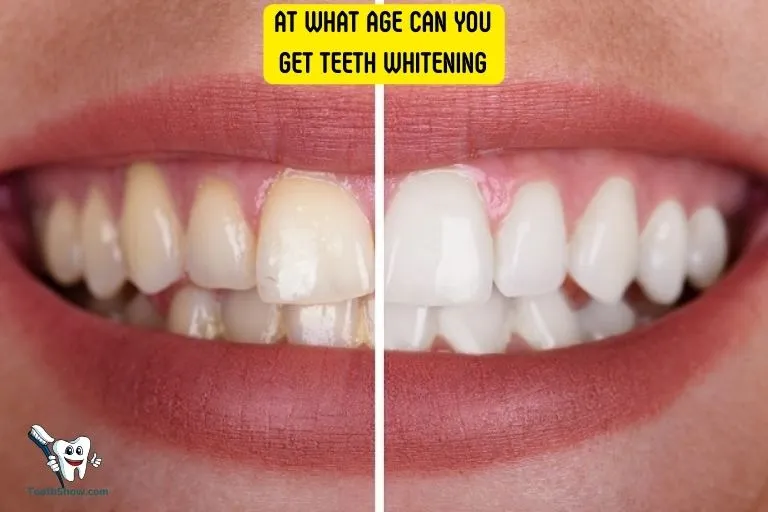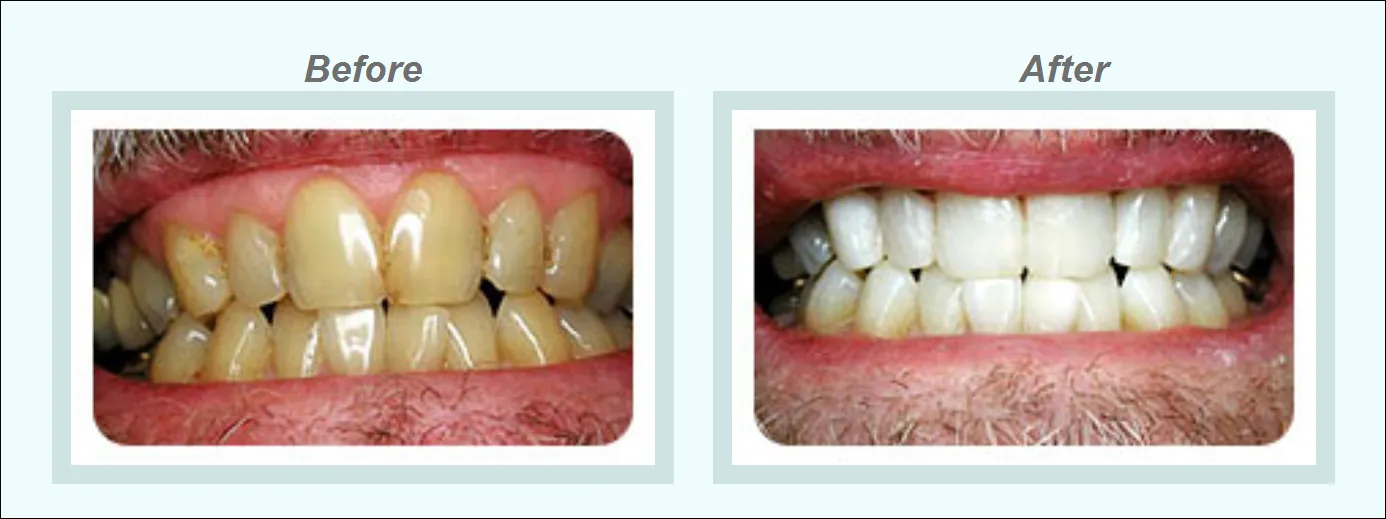Understanding Teeth Whitening Procedures
Teeth whitening is a popular cosmetic dental procedure designed to lighten the color of your teeth and remove stains and discoloration. It is one of the most sought-after treatments for enhancing the appearance of a smile. The effectiveness of teeth whitening depends on the type of stains, the degree of discoloration, and the chosen whitening method. Several factors contribute to tooth discoloration, including aging, genetics, diet, lifestyle choices such as smoking, and certain medications. Before embarking on any teeth whitening journey, it’s crucial to understand the different procedures available and their potential impact.
Types of Teeth Whitening
There are two main categories of teeth whitening methods: professional and at-home treatments. Each method has its advantages and disadvantages, and the best choice depends on individual needs and preferences. Professional whitening procedures, performed by a dentist, usually involve the application of a high-concentration bleaching agent activated by a special light. At-home treatments include over-the-counter whitening strips, gels, and toothpastes. These methods typically contain lower concentrations of bleaching agents and are used over a more extended period.
Professional Teeth Whitening

Professional teeth whitening offers the most immediate and dramatic results. Dentists use stronger bleaching agents and can tailor the treatment to your specific needs. Before the procedure, a dental professional will assess your oral health to ensure you’re a good candidate. The process often involves isolating the teeth and protecting the gums before applying the whitening agent. A special light or laser may be used to activate the whitening agent, speeding up the process. While professional whitening is generally safe, it can cause temporary sensitivity. The results are long-lasting, but regular maintenance and good oral hygiene are essential.
At-Home Teeth Whitening
At-home teeth whitening kits provide a convenient and affordable alternative to professional treatments. These kits typically include whitening strips, gels, or trays that contain lower concentrations of hydrogen peroxide or carbamide peroxide. It’s essential to follow the product instructions carefully to avoid potential side effects like gum irritation or tooth sensitivity. The results are usually less dramatic and take longer to appear than professional whitening. However, with consistent use and proper care, at-home treatments can significantly improve the appearance of your teeth. Always consult your dentist before starting an at-home whitening treatment, especially if you have sensitive teeth or other dental issues.
Teeth Whitening and Age [Is There a Limit?]
One of the most frequently asked questions is whether there is an age limit for teeth whitening. The answer is complex and depends on several factors, including the individual’s overall oral health, the condition of their teeth, and the specific whitening method being considered. Generally, there isn’t a strict age limit, but there are guidelines and considerations to keep in mind to ensure the safety and effectiveness of the procedure. The decision to undergo teeth whitening should always be made in consultation with a dental professional who can assess your individual needs.
General Guidelines for Teeth Whitening

While there isn’t a specific age limit, children and teenagers are generally advised to avoid teeth whitening treatments unless under the strict supervision of a dentist. This is because their teeth are still developing, and the enamel may be more susceptible to damage. Adults of all ages can consider teeth whitening, but the effectiveness and safety depend on their oral health. People with significant dental work, such as fillings, crowns, or veneers, should discuss their options with a dentist, as whitening agents may not affect these restorations. The best candidates for teeth whitening are those with healthy gums and teeth and who have stains caused by lifestyle factors or aging.
Why Age Matters
As we age, our teeth naturally become more yellowed and discolored. This is due to the thinning of enamel, which exposes the underlying dentin, a yellowish substance. Age-related changes to the teeth’s structure and composition can impact the effectiveness of teeth whitening treatments. Older adults may experience slower or less dramatic results compared to younger individuals. Furthermore, older adults may be more prone to dental issues such as gum recession or sensitivity, which can affect the safety of the procedure. Therefore, an assessment by a dentist is especially important for older adults considering teeth whitening to identify and address any potential issues before starting treatment.
Teeth Whitening [Risks and Considerations]
Although teeth whitening is generally considered a safe procedure, some risks and considerations must be understood. These potential side effects can vary depending on the whitening method, the concentration of the bleaching agent, and the individual’s oral health. It’s crucial to weigh these risks against the benefits and make informed decisions with the guidance of a dental professional. Being aware of these factors can help you achieve a brighter smile safely and effectively.
Sensitivity and Gum Irritation

The most common side effects of teeth whitening are temporary tooth sensitivity and gum irritation. The bleaching agents can penetrate the enamel and reach the dentin, causing sensitivity to hot or cold temperatures. Gum irritation can occur if the bleaching agent comes into contact with the gums. These side effects are usually mild and temporary, resolving within a few days after the treatment. Using desensitizing toothpaste and avoiding excessively hot or cold foods and drinks can help minimize sensitivity. If the irritation persists or worsens, consult your dentist.
Enamel Erosion
Overuse or misuse of teeth whitening products can lead to enamel erosion, weakening the outer layer of the teeth. This is more likely with high-concentration bleaching agents or prolonged use of at-home treatments. Enamel erosion can increase the risk of tooth decay and sensitivity. Following the instructions carefully and consulting with a dentist can help prevent enamel erosion. Dentists can also recommend products and techniques to remineralize the enamel and protect your teeth.
Consulting a Dental Professional
Before undergoing any teeth whitening procedure, consulting a dental professional is crucial. A dentist can assess your oral health, identify any underlying issues, and recommend the most appropriate whitening method for your specific needs. They will check for cavities, gum disease, and other dental problems that need to be addressed before whitening. They can also advise you on the potential risks and benefits of different treatments. A dentist can also provide professional whitening services in-office or supervise at-home treatments, ensuring safety and effectiveness.
Choosing the Right Whitening Method

The best whitening method depends on individual factors such as the severity of discoloration, oral health, and budget. Professional teeth whitening provides immediate results and is suitable for more severe stains. At-home treatments are more affordable and convenient but may take longer to show results. Your dentist can help you choose the most appropriate method. They can also customize the treatment based on your needs and preferences. Always follow your dentist’s recommendations and instructions for the best and safest results. Regular dental checkups are essential to monitor your oral health and ensure the longevity of your bright smile.
Maintaining a Bright Smile
Once you achieve a brighter smile through teeth whitening, maintaining it requires consistent oral hygiene practices and lifestyle adjustments. These measures can help prolong the effects of the treatment and prevent new stains from forming. Incorporating these habits into your daily routine will help you enjoy a dazzling smile for longer.
Oral Hygiene Practices
Brushing your teeth twice a day with fluoride toothpaste is crucial for removing plaque and food particles that can cause staining. Flossing daily removes plaque and bacteria from between your teeth and along the gumline. Rinsing with an antiseptic mouthwash can further reduce bacteria and freshen your breath. Regular dental checkups and professional cleanings are also essential for maintaining a healthy and bright smile. Your dentist can remove plaque and tartar buildup and provide personalized advice on your oral hygiene routine.
Diet and Lifestyle Tips

Certain foods and beverages can stain your teeth. Limiting your intake of coffee, tea, red wine, and dark-colored foods can help prevent discoloration. Smoking and using tobacco products also contribute to staining and should be avoided. If you consume staining foods or drinks, rinsing your mouth with water or brushing your teeth shortly after can help minimize the impact. Consider using a straw for beverages to reduce contact with your teeth. Regular teeth whitening touch-ups can also help maintain your bright smile over time.
In conclusion, while there isn’t a strict age limit for teeth whitening, careful consideration and professional guidance are essential. Understanding the different whitening methods, potential risks, and proper maintenance will help you achieve and maintain a brighter, more confident smile. Always consult with a dental professional to determine the best approach for your individual needs and ensure the safety and effectiveness of the procedure.
